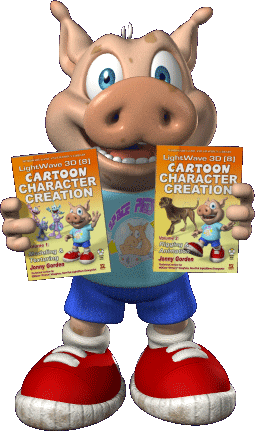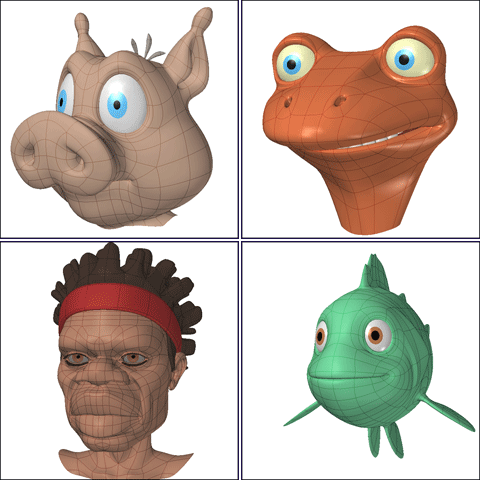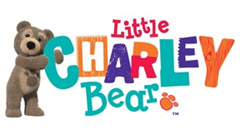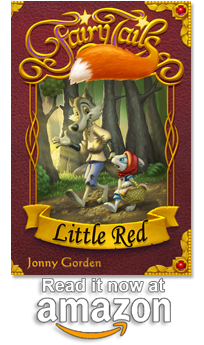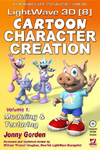It seems with the ability to create animation on computer more easily than in the past, and the advent of 3D animation, that an important working relationship has been lost, that of the master and the apprentice.
The way most animation is created these days is that each animator is assigned an entire scene. They animate all the characters in that scene from layout to completion. In this environment one of the biggest battles is dealing with different levels of skill and experience amongst animators. Scenes can be allocated to different animators based on their strengths, but a noticeable difference in the animation quality between scenes is almost inevitable. As animation supervisor I’ve struggled with this in the shows I’ve worked on, and I see it in almost all 3D animated tv and all but the best feature films.
So what can be done to address this problem?
One solution is to re-introduce the traditional master and apprentice relationship. Not only used for animation, the master and apprentice relationship has existed for thousands of years in almost every craft and trade. So why has it recently fallen out of favor for animation? To answer that we must first look at the roles of master and apprentice for animation before computers, when every frame was drawn by hand.


